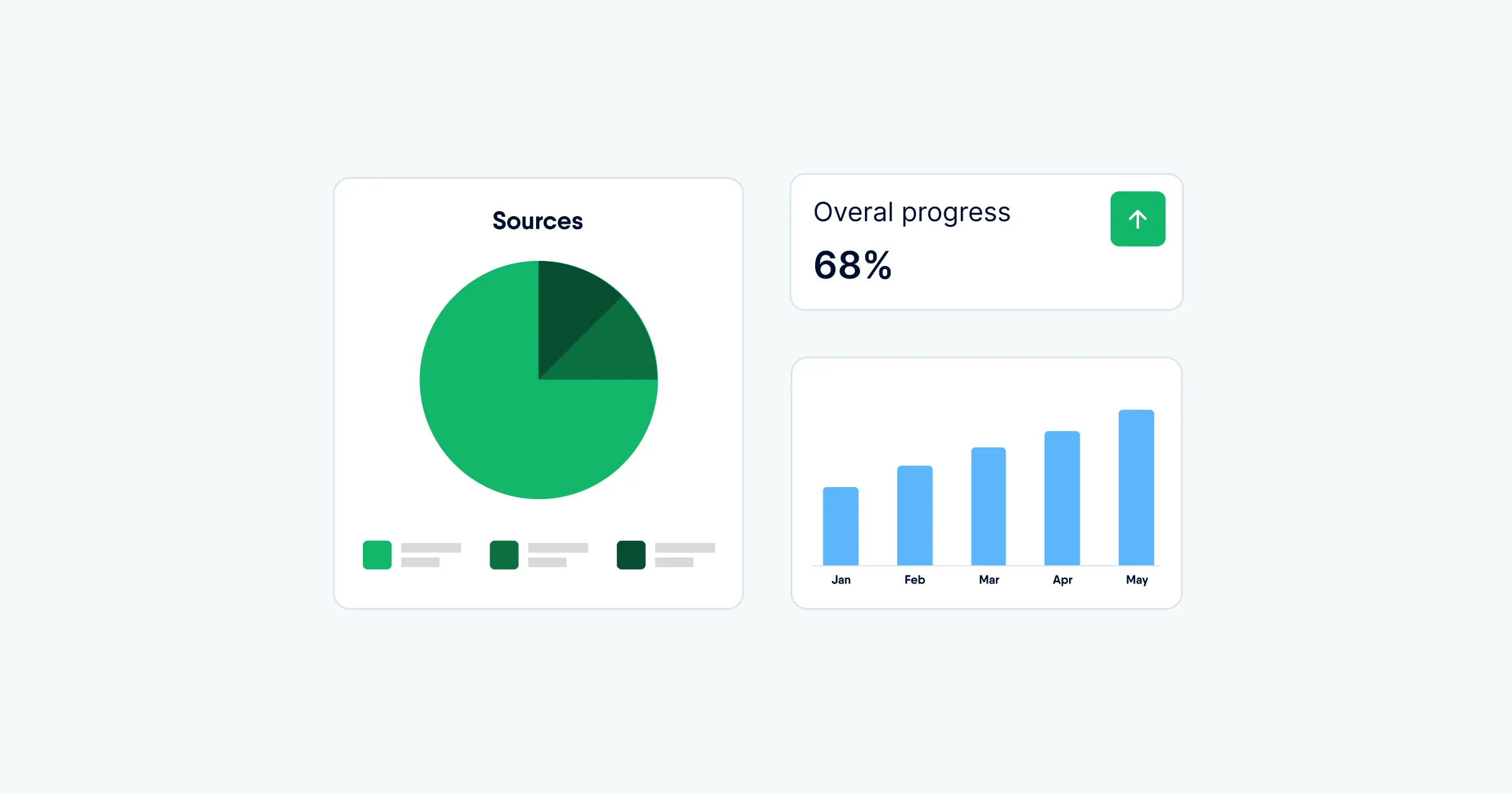
How HR software helps reducing company costs?
Before buying software to help their HR specialists and recruiters, top management often wonders how expensive it will be. After all, special tools cost money, and it will take time to learn how to use them. Therefore, it’s crucial for HR professionals to emphasize the importance and usefulness of HR software.
What resources can you optimize by purchasing HRM software?
Increased employee efficiency
According to SHRM, a company can save 10 to 15 hours of work per week thanks to HRM software. This is due to the specialist being provided with access to programs that automate routine work related to documents, correspondence, sending and monitoring vacancies, etc.
This can save up to 90% of an employee’s day to day working time, which is usually spent on routine administrative tasks. Also, losing an employee costs an average European company up to €43,000, of which €6000 accounts for the cost of recruiting and finding the perfect replacement, representing a major inefficiency that HRM software can help with.
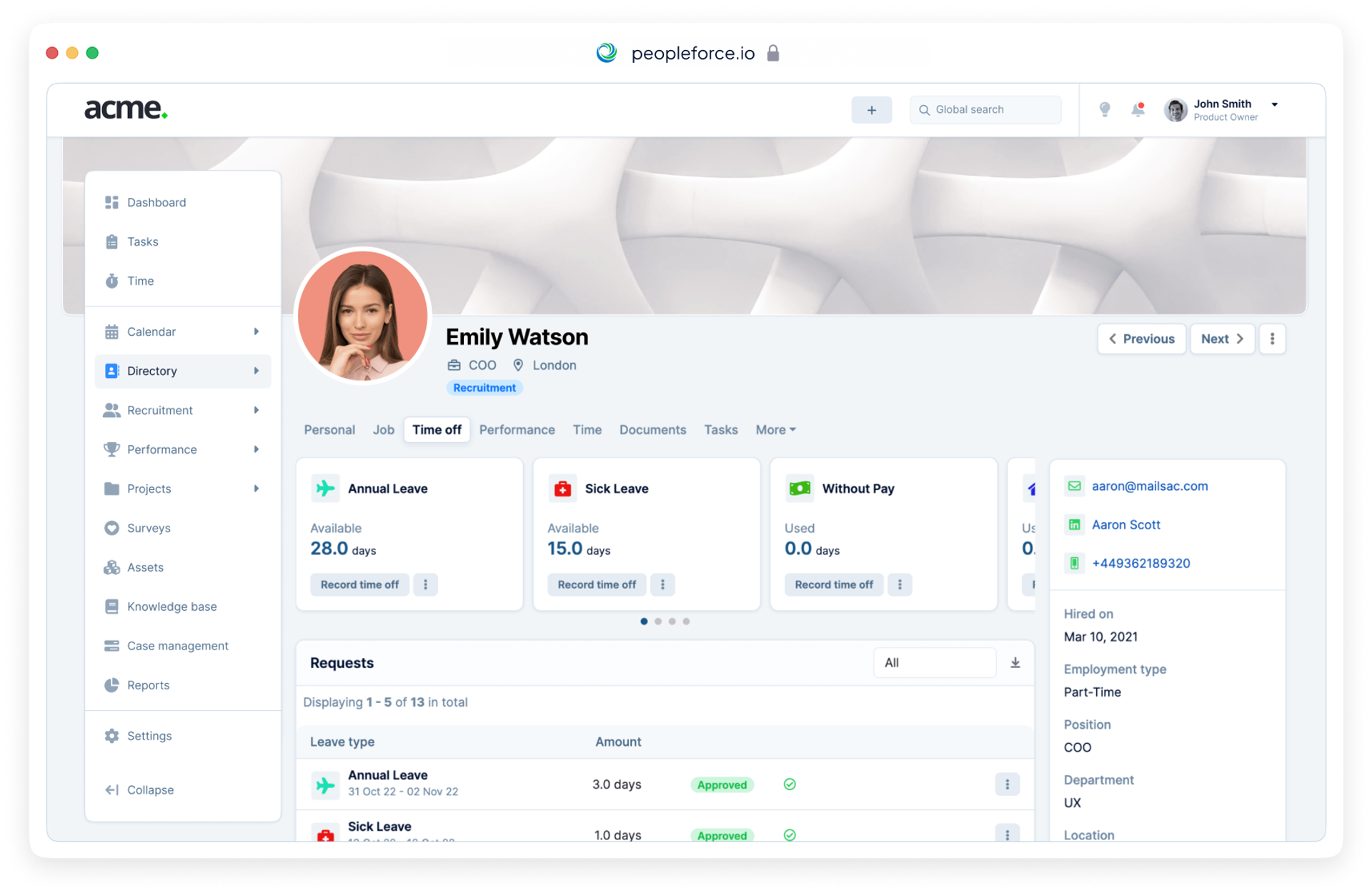
Reduced cost of training and onboarding
It's no secret that companies spend a lot of money on training specialists, but what about those who have a limited budget for onboarding and advanced training? HRM software can help via automated recruitment programs where you can provide all the instructions and examples required for training in one go.
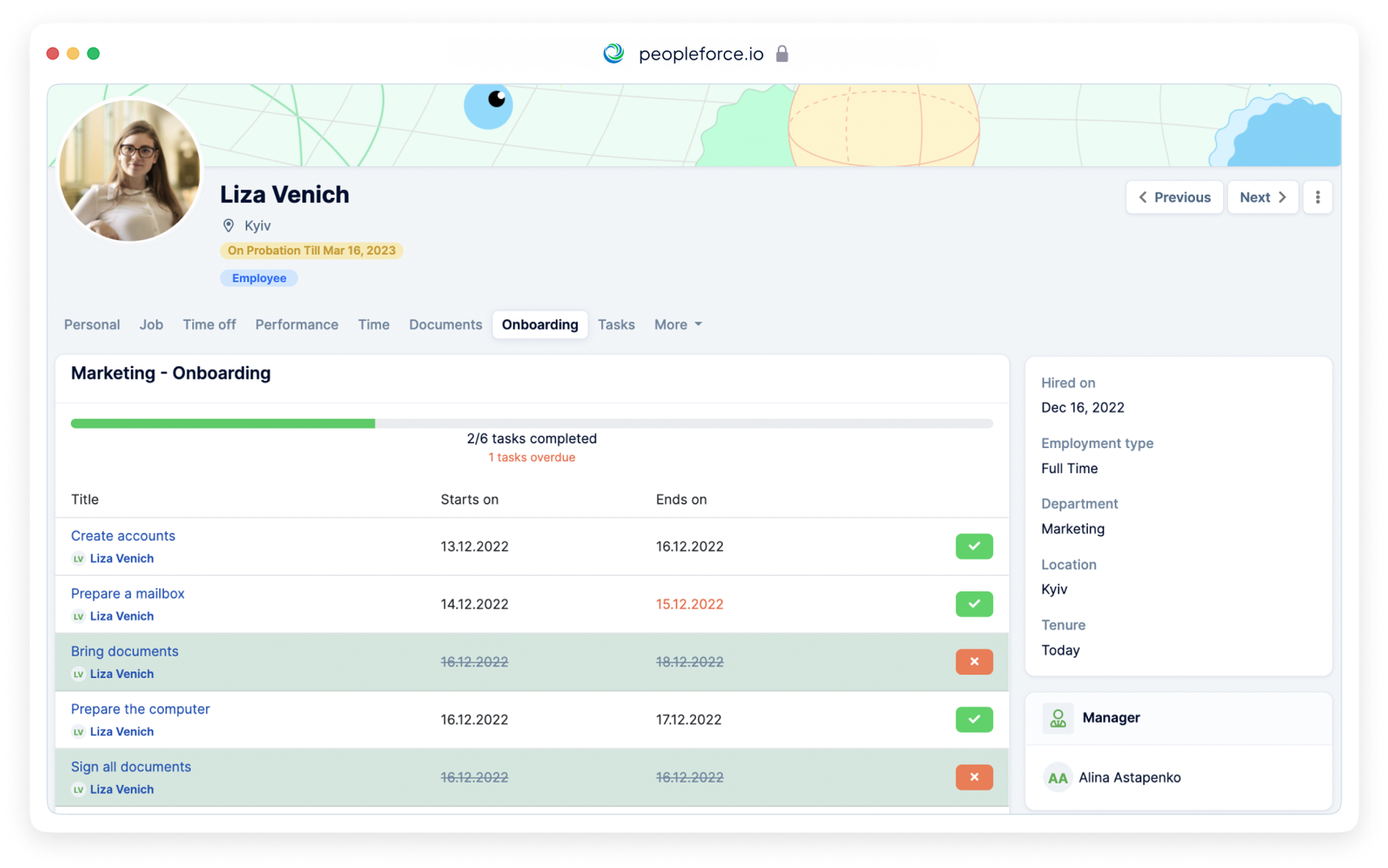
Again, this saves your employees' time and ensures they complete onboarding swiftly. According to a number of leading companies, a well carried out onboarding results in 73% of newcomers becoming immediately more involved in the working process and willing to generate new ideas.
Decreased risk of losing employees
An average company loses 25% of its new employees in the first 45 days of their work. That can be explained by poor communication, poor adaptation and disorganization. The resulting turnover threatens the company with doubled costs as it has to find new employees.
Having strong HRM software eliminates the need to hastily re-invest money and time in recruiting as it provides a clear communication scheme with the candidate, employee and manager. This significantly reduces the likelihood of unacceptable turnover.
HR analytics for crisis management
HR analytics and reports are a part of HR software that is rarely mentioned during purchasing, but it’s important, as it contains various indicators about the progress and results of recruiting, onboarding, employees, their goals and more.
This process also tracks employee assessments and keeps its results in various dashboards that allow you to quickly see if there are certain threats or recurring patterns within the team that need to be addressed.
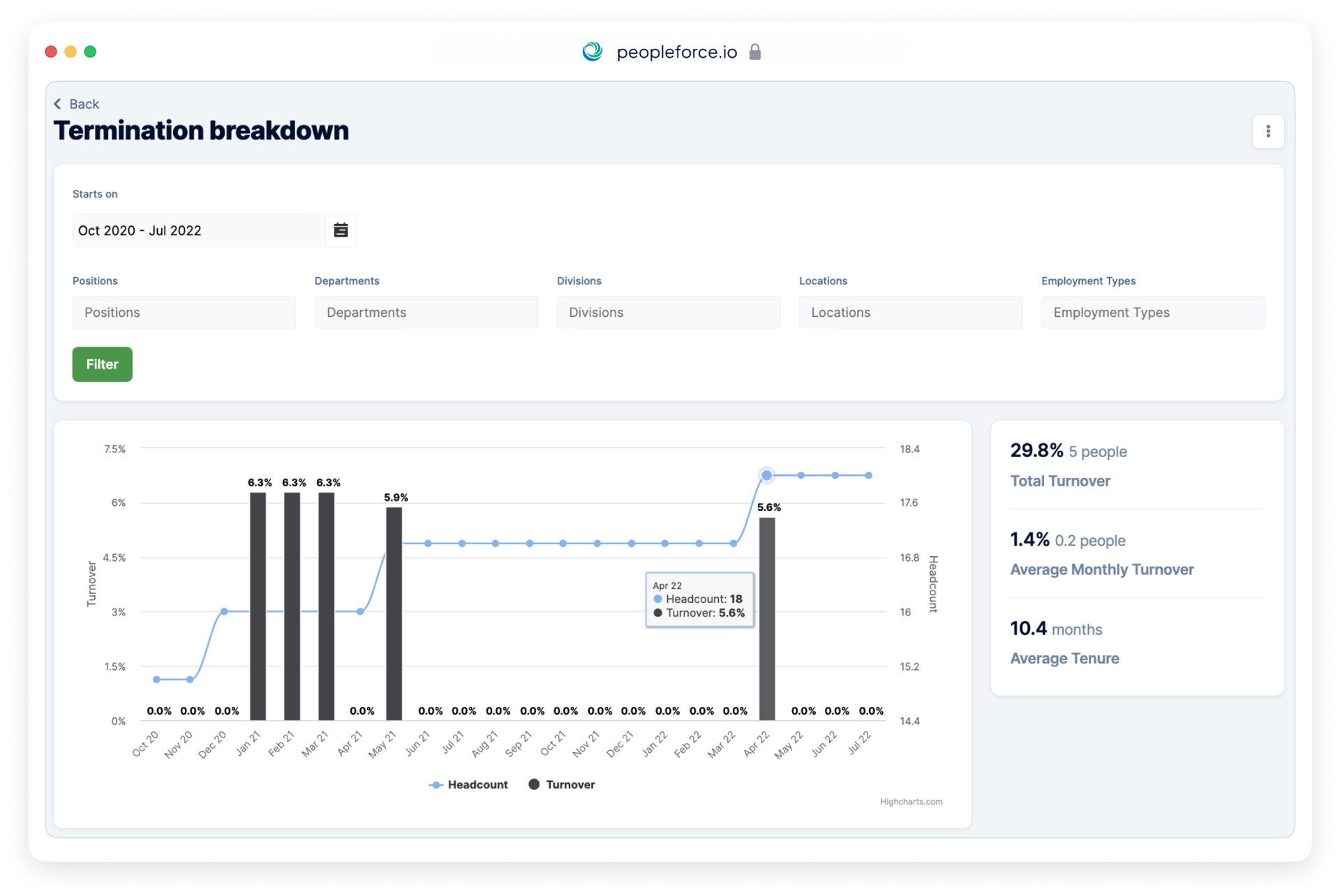
Reduced third-party services involvement
If you need to conduct a comprehensive assessment you often have to involve assessment centres. If you want to see the results of work in numbers, you will have to think about analytics software. Do you want to store documents and instructions? You will have to pay extra for data storage.
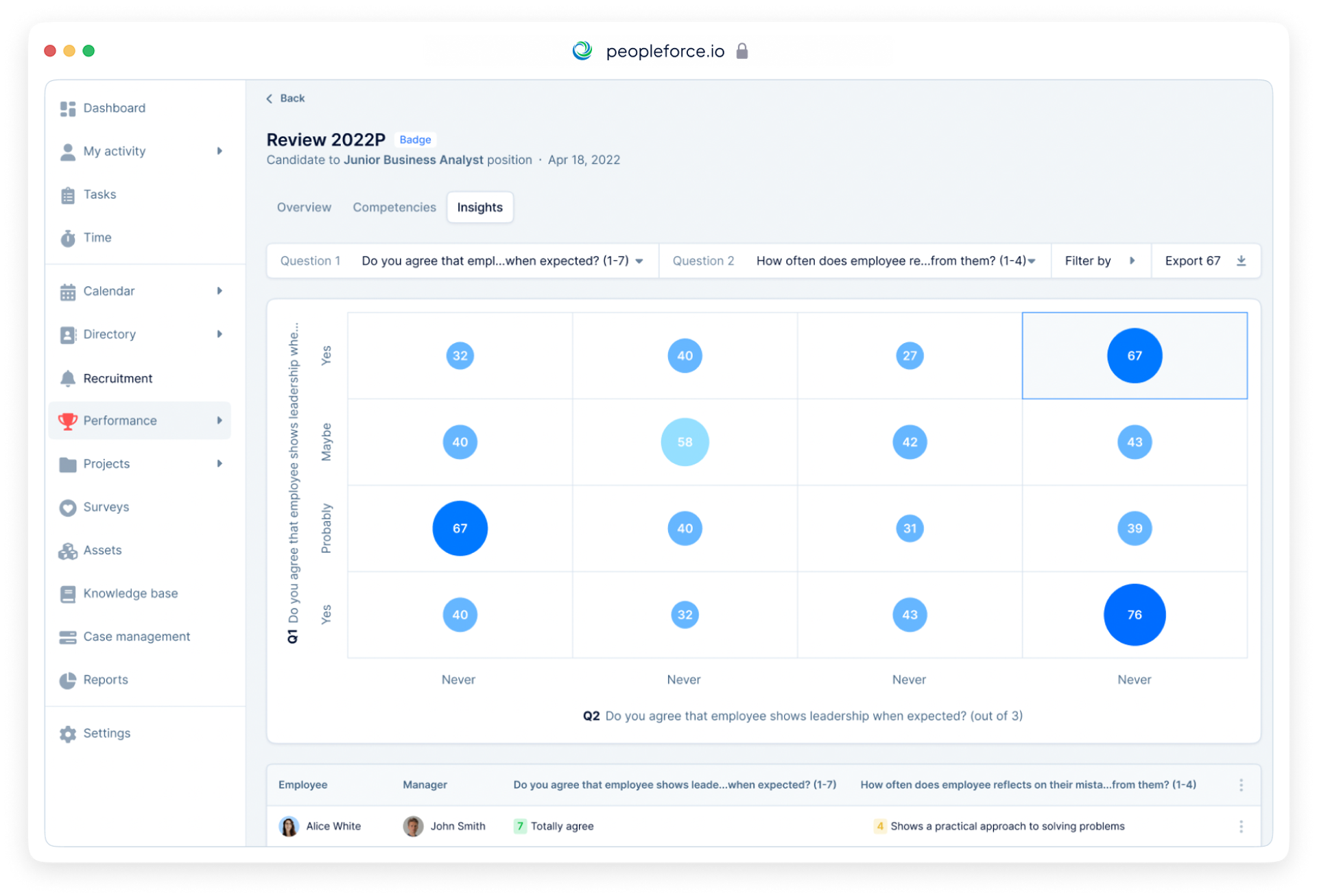
An HRM system eliminates the need to search and pay for third-party specialists and subcontractors. Functions like internal portals, assessments, analytics and reporting, a knowledge base, and others, are already built into the software and are at your disposal at no additional cost.
Reduced human factor errors
The recruiting process consists of several short processes such as candidate search, communication, hiring, adaptation, and signing job offers. When all of these are performed manually mistakes can occur due to human error. When these occur systemically companies can quickly discover that this incurs significant costs.
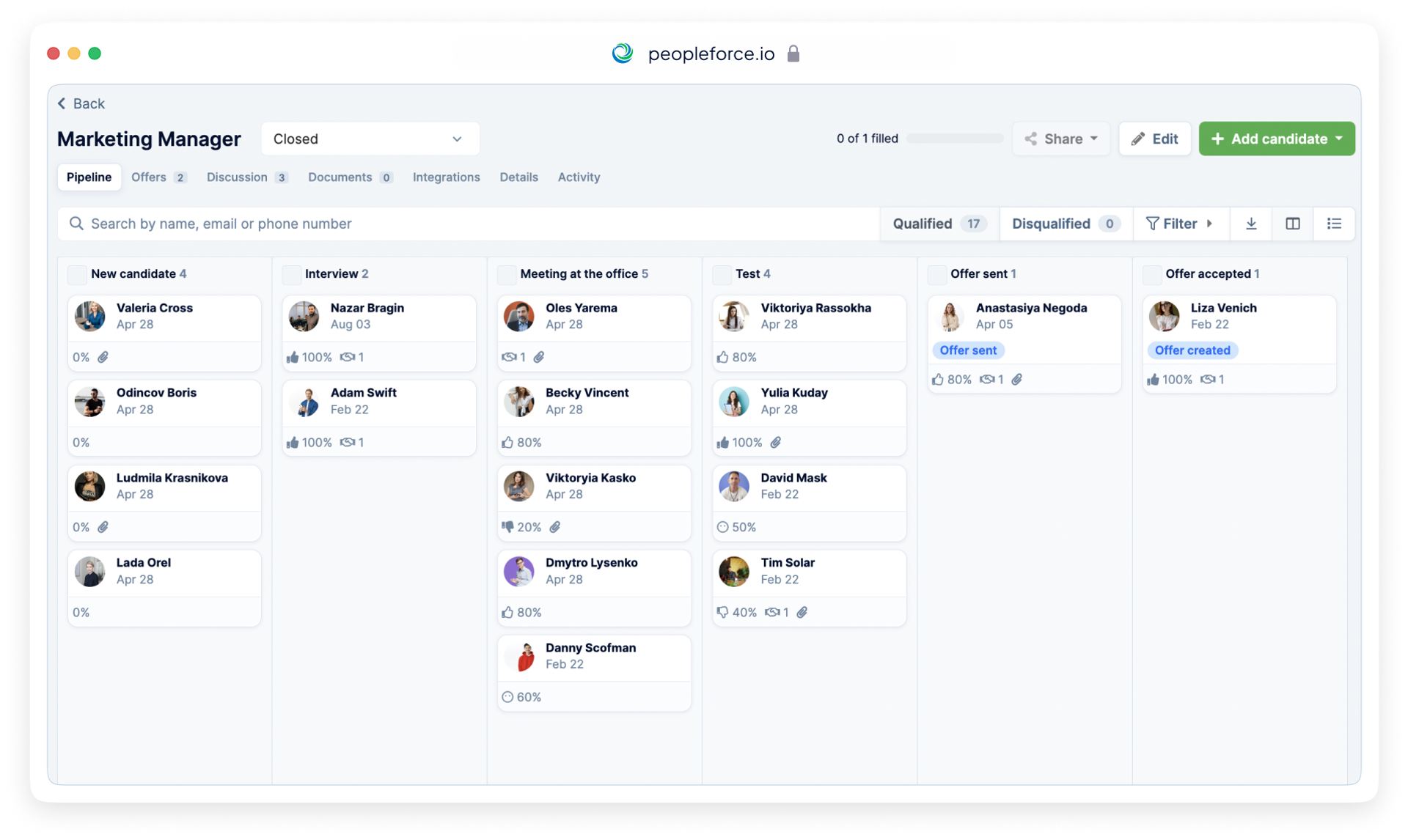
That is why recruiting is one of the necessary links in the workflow that should be automated. An HRM system establishes a recruiting funnel in which the stages of the process and the regulation of these stages are clearly presented. The recruiter does not miss interviews and is not distracted by thousands of tasks. Everything from creating a job description and sending it to different sites from one system, to signing with an electronic signature for remote teams, is taken into account and automated.
Reduced data loss risk
As company data is stored on the cloud and everything is uploaded to the system, including employee and candidate files, documents, etc, it’s easier to store and protect data. This significantly reduces the risk of data loss caused by human error and hacking.
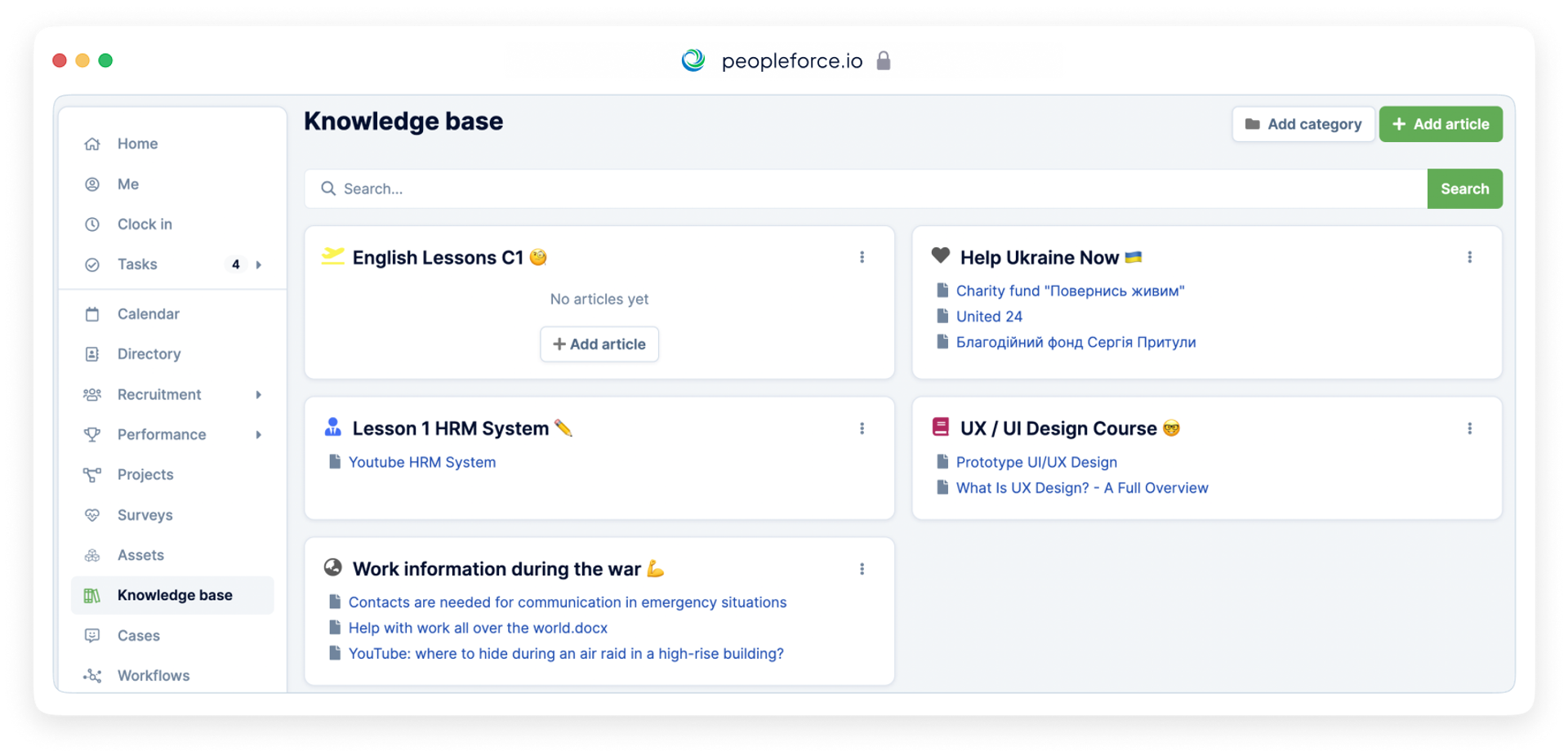
What HR software features help reduce company costs
- Onboarding funnels
Different funnels for each vacancy and department helps recruiters to improve first contact and guide the candidate through the various stages of recruitment.
- Candidate screening tests
These help companies understand whether a candidate is suitable at an early stage of recruitment and weed out unsuitable candidates.
- Career site
This is an additional site where you can post current vacancies as well as describe values, and start employee adaptation from the early stages of recruitment.
- Electronic signature and electronic documentation
This allows you to reduce the cost of printing, sending materials and documents that need to be signed by remote specialists. It also saves documents in the profiles of candidates and employees in the company's knowledge base.
- Project time management capabilities
You can manage projects by monitoring the time spent by each employee on each project to improve overall efficiency.
- Opportunities for Performance Review
You can also monitor the effectiveness of your employees and track burnout rates, allowing you to react progressively.
- Case management
This allows you to distribute requests from employees to team members who can solve them quickly and efficiently.
- Workflows
Organize complex and lengthy processes into tasks that are automatically sent to selected employees for step-by-step preparation.
When choosing HR software you should select one that combines all functions in one system. PeopleForce, as a full-cycle HRM platform, has a modular system that allows you to choose what to use for a truly unique HR ecosystem. The modules contain built-in tools that are available as soon as you get access.
In our system training and data migration takes two weeks maximum for most businesses. Another of our major advantages is our customer success team, whose goal is to ensure simple, fast and comfortable use of our system.
Saving money, adapting your processes and automating them is the goal of the entire PeopleForce team. You can learn more about how you can save your budget with the HRM system by signing up for a free demo with one of our managers.
Get started with PeopleForce today
Automate your HR routine to create a high performance culture in your company. PeopleForce is your best HRM alternative to stay business driven but people focused.
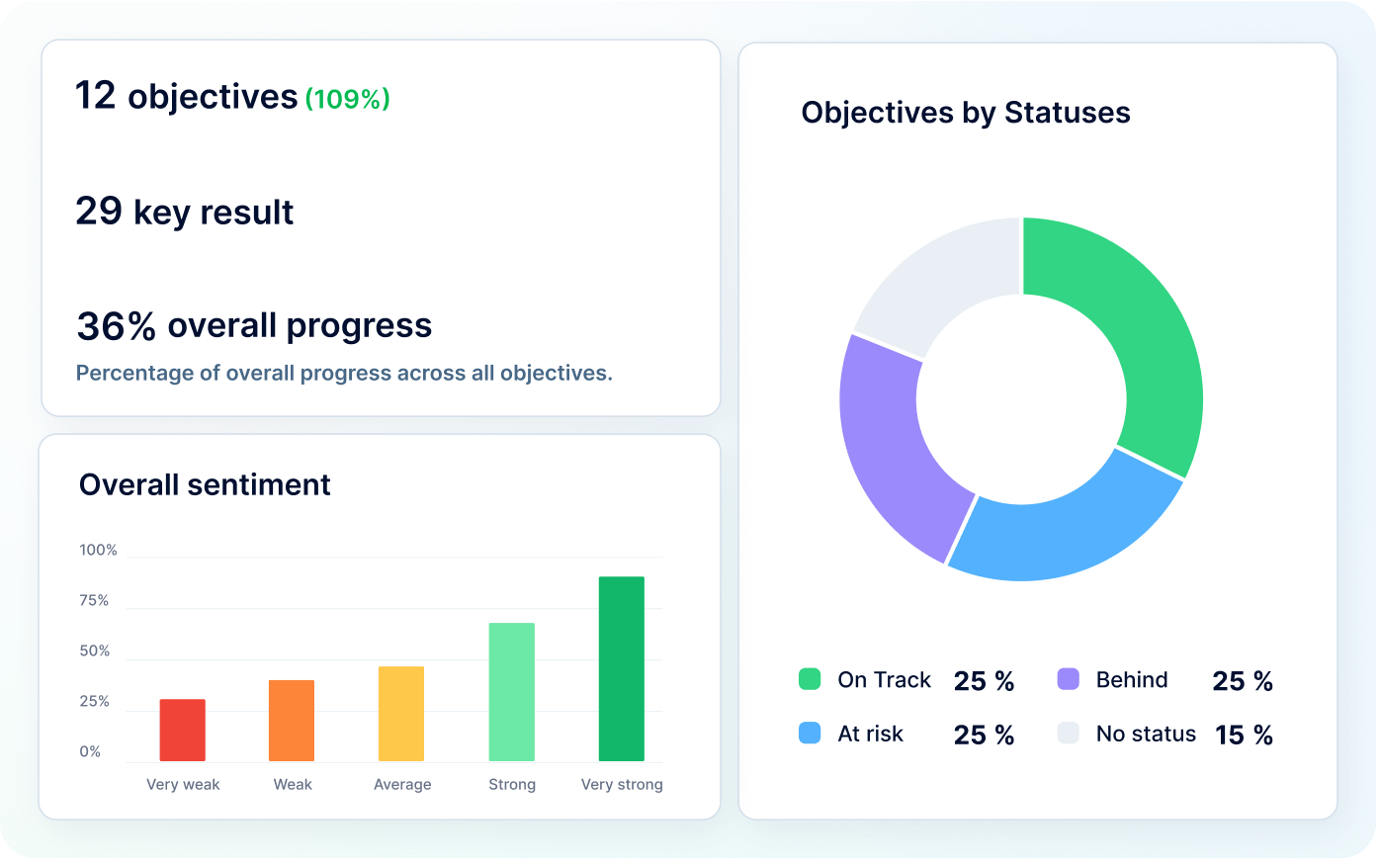
Recent articles
🎉 PeopleForce Wrapped 2025: a year of HR magic
2025 wasn’t just about shipping features — it was about making HR work better at scale. Let’s unwrap everything we built together.
OKRs vs. KPIs: Choosing the right framework
Unsure when to use OKRs or KPIs? Learn how to choose the right framework to maximize your team’s success.
Why OKRs feel like hell (and how to make them simple)
Why OKRs feel like chaos: missed goals, messy reviews, and burnout. Learn how to simplify goal-setting and reclaim clarity quickly.

